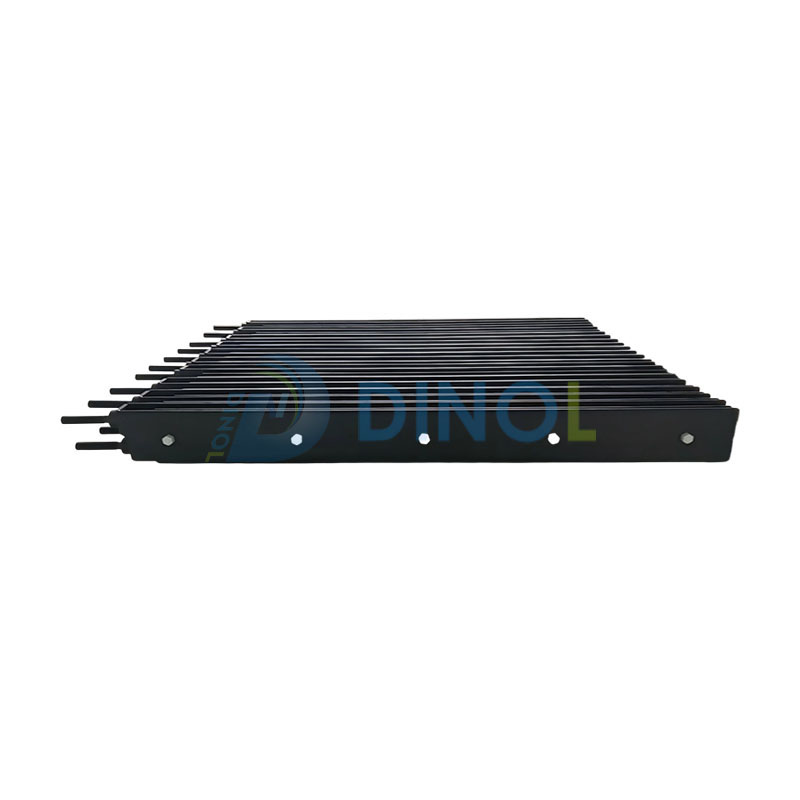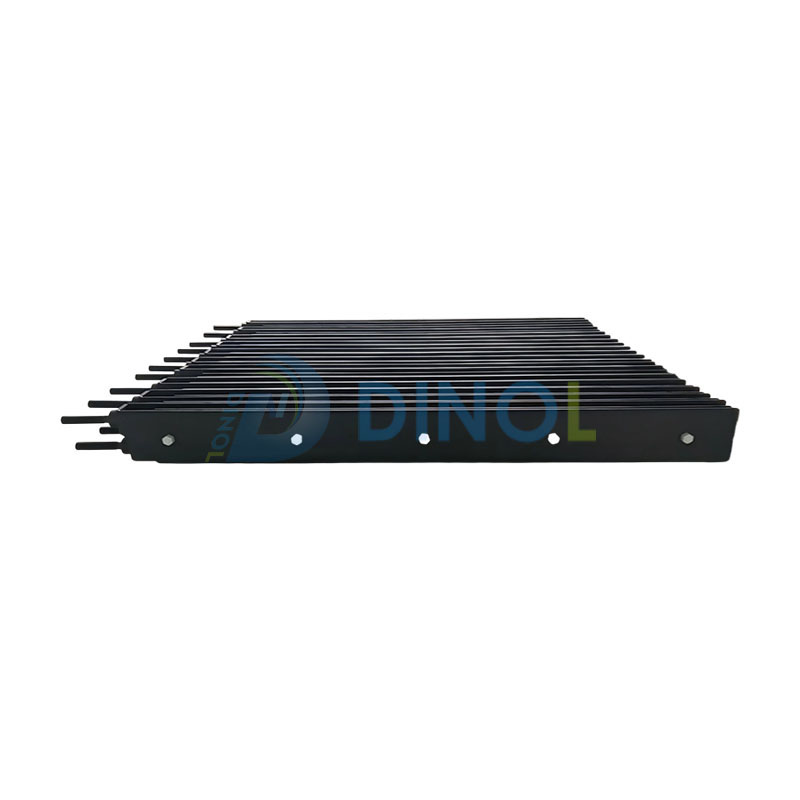Home / Technical Support / Low-Chlorine, High-Oxygen” Revolution in Seawater Electrolysis
Aug. 12, 2025
Low-Chlorine, High-Oxygen” Revolution in Seawater Electrolysis
Low-Chlorine, High-Oxygen” Revolution in Seawater Electrolysis
—Dinoer Oxygen-Evolution Anodes Advance Zero-Carbon Desalination

Market Challenge![]()
Conventional chlorine-generating antifouling systems (NaClO generators) produce chlorate and bromate by-products, posing ecological risks. High chlorine-evolution efficiency also accelerates anode degradation and energy consumption. The IMO’s stricter 2025 ballast-water discharge standards are accelerating demand for low-chlorine, high-oxygen electrolysis.
Dinoer Solution
• Coating Chemistry: Nb-Sn-Sb-doped IrO₂ delivers high oxygen-evolution selectivity (OER/ClER ≥3.5). In natural seawater (3.5 wt % salinity) the oxygen-evolution efficiency exceeds 85 %, while free-chlorine concentration remains <0.1 mg L⁻¹.
• Surface Engineering: A high-entropy alloy interlayer (Ti-Zr-Nb-Ta-Hf) blocks oxygen diffusion, and nano-pore sealing reduces substrate passivation current by an order of magnitude.
• Modular Design: Single anode effective area 0.5 m², stackable in 1–50 m³ h⁻¹ units for ocean-going vessels, offshore platforms and small-island plants.
Performance Validation
– Six-month shipboard trial: anode-current efficiency decay <2 %, energy 3.1 kWh kg⁻¹ O₂, 22 % lower than legacy systems.
– Water quality: residual total chlorine ≤0.05 mg L⁻¹, bromate not detected—meets WHO drinking-water guidelines.
– Life-cycle cost (LCC): over a 10-year horizon, chemical and OPEX savings reach ~38 %.